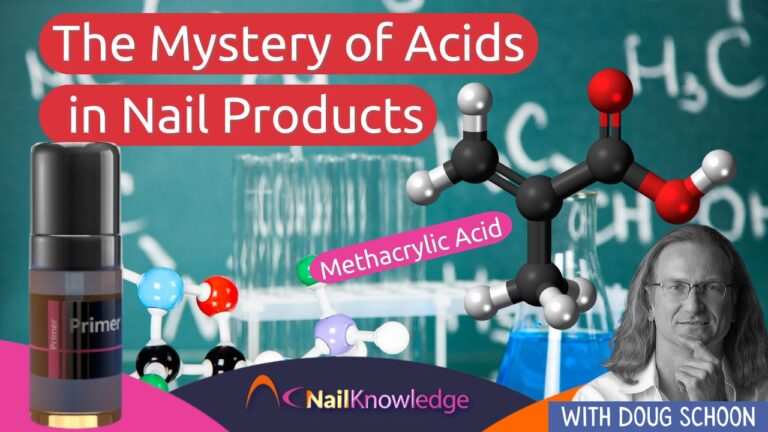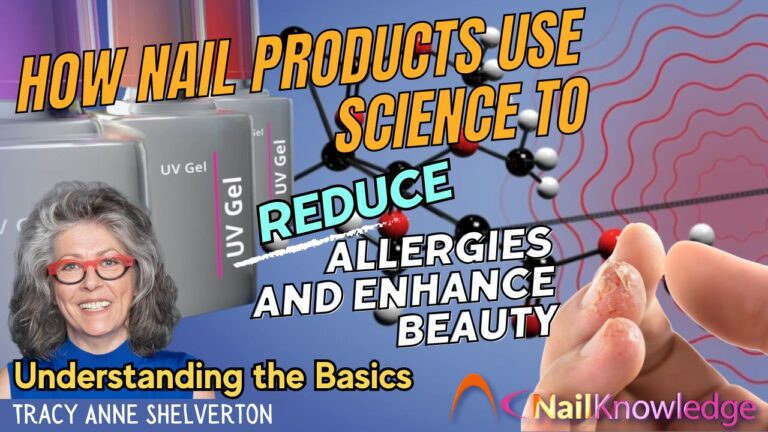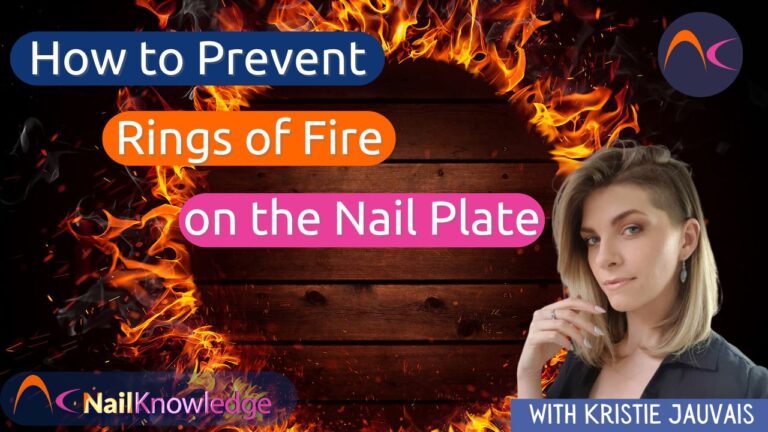We’ve all heard the misleading claims that nail polish is harmful unless it’s “3-Free”. The facts are that this was deception from the very beginning. All nail polish can be used safely, and that’s been true for more than eighty years. Nail polish formulas haven’t changed much since the 1930s. How did they so suddenly become dangerous? I don’t know of any cases when nail polish has harmed anyone, other than it catching fire. Fresh nail polish is flammable – so don’t do as my friend did and light up a cigarette immediately after polishing your nails. All nail polishes are safe. Those that market their polish as “safer” are splitting hairs. It’s like saying that using an SPF 70 lotion isn’t as safe as SPF 80. The fact is both are safe. Don’t be concerned about nail polish causing any harm to your health, when used as directed.
How did all of this misinformation about nail polish start?
It started as a clever and highly deceptive marketing campaign by a fear-based activist group. This group created a false safety concern and then cashed in on the donations, claiming they were saving the world from dangerous nail polish! They made exaggerated claims about the ingredients to needlessly frighten the public.
Toluene
For example, they claimed that toluene is dangerous in nail polishes, but that information is contrary to the facts. The prestigious Cosmetic Review Expert Panel (CIR) has reviewed toluene. After fairly reviewing all of the scientific information, this panel of world-class doctors and scientists determined that toluene is considered safe in quantities up to 50% in nail polishes. The European Union did the same testing and concluded that toluene is safe in nail polish up to 25%. That is the concentration that is typically used. Therefore, independent scientific experts in both the US and EU say that toluene is safe for use in nail polishes.
Then why is toluene no longer in use for this purpose?
Manufacturers voluntarily eliminated toluene because it is a volatile organic compound (VOC), and it was found to contribute slightly to ozone depletion. Nail manufacturers wanting to do their part for the environment agreed to replace toluene with other solvents. Even so, these fear-based advocacy groups again deceived the public! They pretended that manufacturers change because of toluene’s toxicity, which is an outright lie. These same activist groups lie to the news media as well, and tell them that even nail polish formulas with <0.1% toluene are still toxic – even though this is contrary to all of the scientific facts. These groups pretend there is no safe amount of anything they say is dangerous. This just shows they don’t understand the science or the facts. Instead, they want the world to be black and white, when this clearly isn’t so.
Dibutyl phthalate (DBP)
Dibutyl phthalate (DBP) is another example. This ingredient hasn’t been used very much at all in nail polish formulas for at least ten years, but that didn’t stop these groups from stretching the truth. It is no longer used, even though it has been found to be safe for nail polish applications. Better replacements are now used to increase the wearability of nail polish, which was how DBP functioned in polish. There has NEVER been any credible evidence to show that DPB was harmful in nail polishes. Other phthalates with similar-sounding names were determined to be unsuitable for cosmetics, but these were never used in nail polish.
The fear-mongering activists paint everything with a broad brush so, without evidence, they assumed that DBP must also be dangerous. In other words, rather than explain that some phthalates are safe, they decided to scare consumers by telling them that all phthalates are dangerous, again, because they don’t understand the facts. They hide their lack of knowledge and reduce everything to black and white. They don’t like the scientific facts; they’d rather base their unfair attacks on pure speculation.
Formaldehyde
Formaldehyde is a gas, and can’t be added to cosmetics. It has never been used in any nail polish as an ingredient. Formaldehyde only exists in tiny traces in a few thousandths of a percent, since that is all that will dissolve into the products. At these levels, formaldehyde is safe. These concentrations are close to the amounts that are found naturally in our bodies and our breath. These groups never mention that formaldehyde is natural and organic. Every day our bodies create formaldehyde and use it to make natural substances and proteins needed for life. The myth that harmful levels are found in nail polish got its start when these foolish activists were confused by the ingredient listing on nail polish bottles.
Years ago, nail polish manufacturers were required to call the best polymer resin by a name that included the word formaldehyde. The name of the resin was toluene sulfonamide formaldehyde resin (TSFR). This isn’t toluene or formaldehyde. These substances were used to make a completely different ingredient and, because they were made using these ingredients, it was assumed that they were in the polish. However, when this resin is used, the nail polish might contain 0.0005%. So you can’t technically say they are “formaldehyde-free”, but for all practical purposes, they are indeed free of formaldehyde. Because of the misinformation spread by these fear-mongers, nail manufacturers worked behind the scene to have this misleading name corrected. Some may still use the old name for this ingredient, but this is slowly changing as manufacturers update their labels.
You can find more fact-based information about nail polish in this article by the Nail Manufacturers Council. You will learn that all nail polish is safe and always has been.
To ensure the safe use of nail polish, follow directions and heed all warnings. For instance, keep nail polish and remover solvents out of the reach of children, and away from sources of heat or flames.












